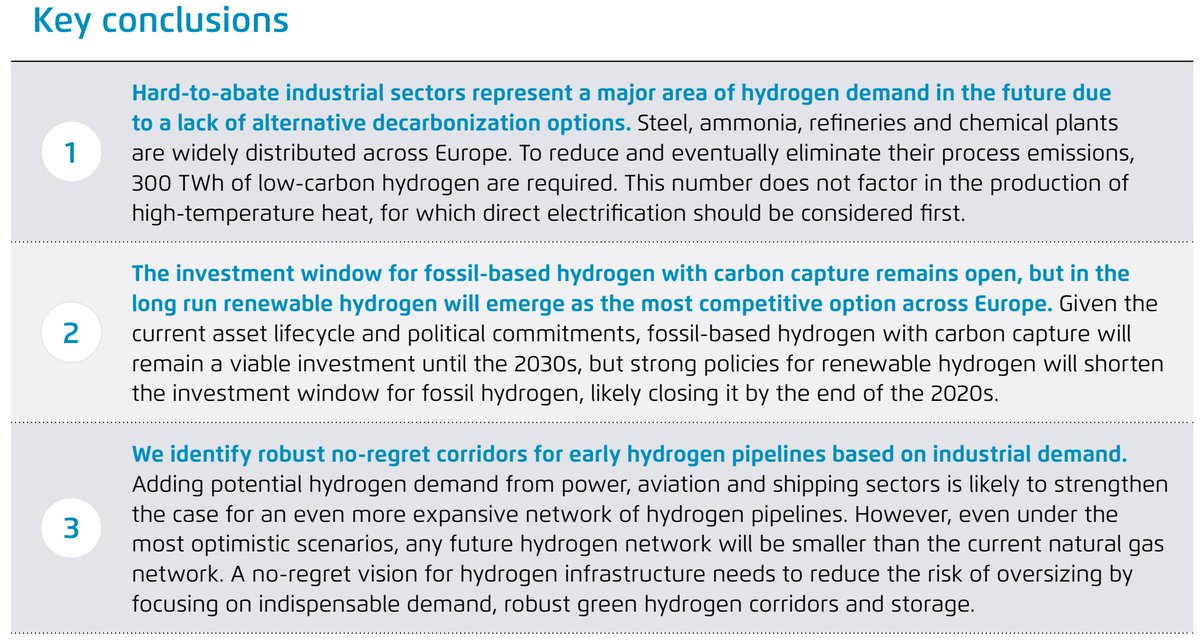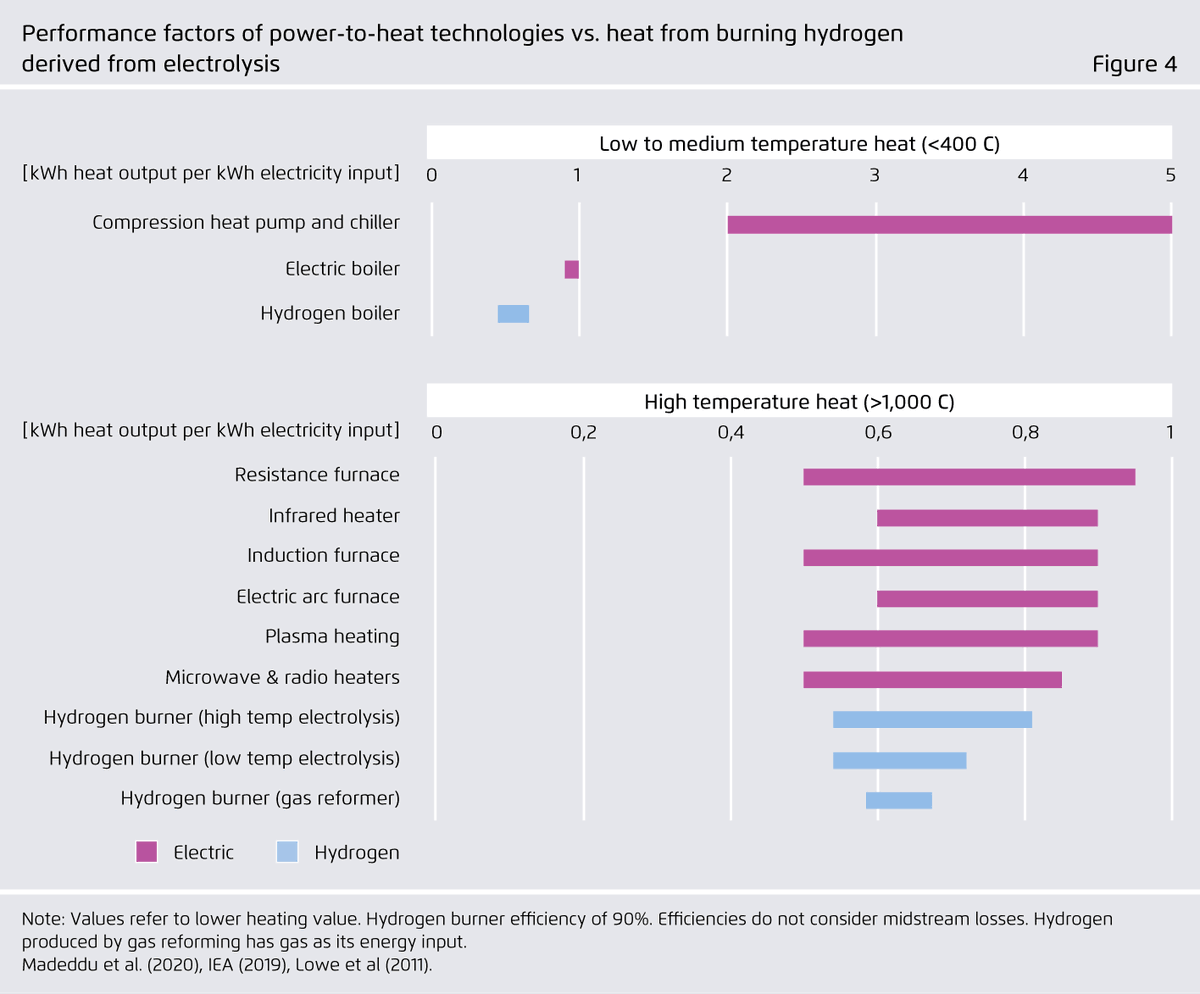1. Assessment unit
2. Specialty wards
3. Intensive care
As well as outpatients, emergency department, day case surgery etc.
A well-balanced piece. Bed occupancy rate in NHS is actually lower than usual - even with fewer beds. (Though spare capacity has been created through cancellation of non-urgent operations etc, and higher levels of staff sickness are causing pressures.) https://t.co/CH8hGcFOs9
— Paul Embery (@PaulEmbery) January 8, 2021



Sir, Log yahan.. 13 days patience nhi rakh sakte aur aap 2013 ki baat kar rahe ho. Even Aap Ready made portfolio banakar bhi de do to bhi wo 1 month me hi EXIT kar denge \U0001f602
— BhavinKhengarSuratGujarat (@IntradayWithBRK) September 19, 2021
Neuland 2700 se 1500 & Sequent 330 to 230 kya huwa.. 99% retailers/investors twitter par charcha n EXIT\U0001f602